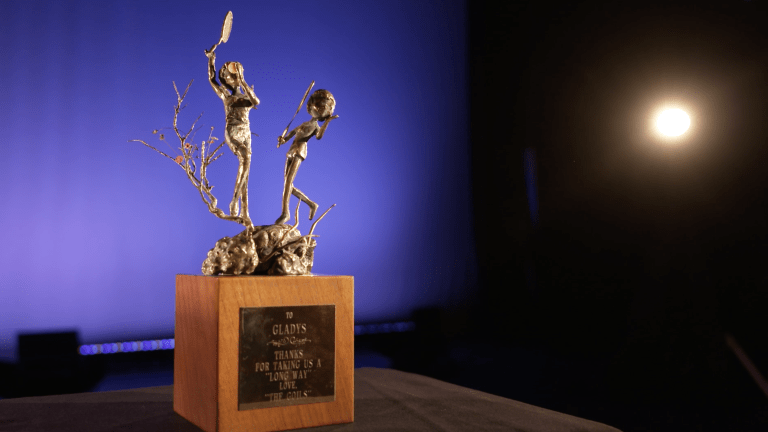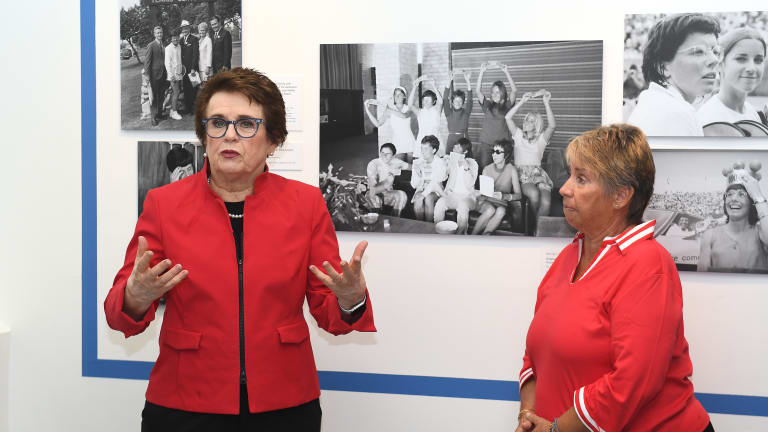Fifty Years of the WTA
Chapter 1: Before the “Original 9,” there was Gladys Heldman, who launched the women's tennis revolution
By Jan 24, 2023Fifty Years of the WTA
As the 50th year of the WTA Tour comes to an end, a look ahead to its next fifty
By Dec 31, 2023Fifty Years of the WTA
A spirit of activism has always been a part of the WTA tour
By Dec 11, 2023Fifty Years of the WTA
Chapter 10: From Venus and Serena to Naomi and Maria, the WTA's crossover icons are on a first-name basis
By Nov 07, 2023Fifty Years of the WTA
Approaching 80, Billie Jean King is still globetrotting for investment in women’s sports
By Oct 12, 2023Fifty Years of the WTA
Serena vs. BJK, Evert vs. Barty, Graf vs. Sharapova: Across 50 years, imagine these match-ups between WTA greats
By Oct 06, 2023Fifty Years of the WTA
The Room Where It Happened: WTA Tour marks 50 years, backwards and forwards
By Aug 26, 2023Fifty Years of the WTA
Chapter 8: The WTA tour's global reach extends to nations and athletes everywhere
By Aug 25, 2023Fifty Years of the WTA
Chapter 7: 50 years after the WTA was created, its future is now—and never-ending
By Jul 15, 2023Fifty Years of the WTA
Chapter 6: Austin, Graf, Sharapova and Raducanu exemplify the WTA's capacity for teenage stars
By Jun 21, 2023Fifty Years of the WTA
Chapter 1: Before the “Original 9,” there was Gladys Heldman, who launched the women's tennis revolution
Watch the first-part of our year-long series on the 50th anniversary of the WTA Tour.
Published Jan 24, 2023
Advertising
Advertising

"Thanks for taking us a 'long way,'" reads the plaque on this bronze sculpture—given to Gladys Helman from "The Goils." It currently resides at the International Tennis Hall of Fame in Newport, R.I., which will commemorate the WTA Tour's 50th anniversary this year.
Advertising
Advertising
Advertising

Gladys Heldman died on June 22, 2003. At the 2019 US Open, Billie Jean King, Rosie Casals and members of the Original 9 honored Heldman at Flushing Meadows.
© Getty Images